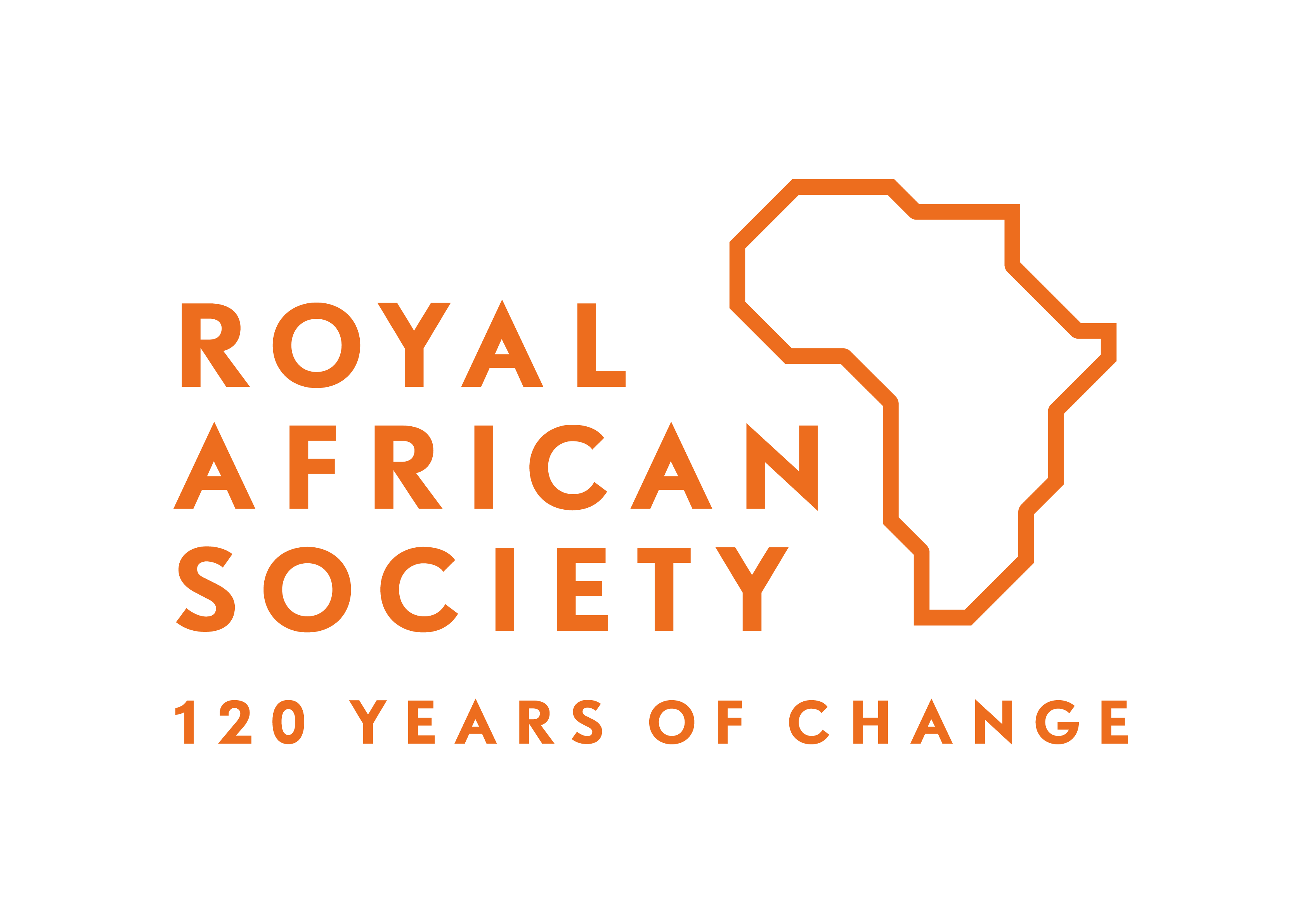Why Big Men are not the answer to Africa’s conflicts – Keith Somerville

 African Conflicts and Informal Power: Big Men and Networks offers an interesting new approach to the development and influence of informal networks of political, social and economic power in conflicts in Africa. Taking the concept of the Big Man from studies of societies in Melanesia, the authors apply this to the informalization of violence, commerce and forms of control and security in a number of African conflicts. This has lots of potential as an explanatory tool – Utas seeing Big Men as the “nodes in networks” (p. 1) that operate where weak or disintegrating formal structures have failed to provide security, reliable sources of trade or income. He rightly notes that contrary to what many believe, conflict in Africa does not imply the total breakdown or collapse of everything and that many networks and structures continue despite wars.
African Conflicts and Informal Power: Big Men and Networks offers an interesting new approach to the development and influence of informal networks of political, social and economic power in conflicts in Africa. Taking the concept of the Big Man from studies of societies in Melanesia, the authors apply this to the informalization of violence, commerce and forms of control and security in a number of African conflicts. This has lots of potential as an explanatory tool – Utas seeing Big Men as the “nodes in networks” (p. 1) that operate where weak or disintegrating formal structures have failed to provide security, reliable sources of trade or income. He rightly notes that contrary to what many believe, conflict in Africa does not imply the total breakdown or collapse of everything and that many networks and structures continue despite wars.
Utas might well, as Mary Harper has done in her recent book (see Getting Somalia Wrong: Faith, War And Hope In A Shattered State – By Magnus Taylor, and Signs Of Hope In A Shattered State – A Realistic But Empathetic Analysis – Review By Keith Somerville), have pointed to the way that local and informal networks in areas of Somalia and Somaliland have functioned and prospered despite conflict and the disintegration of central authority – though in the Somaliland case based on traditional clan and trading structures rather than the Big Man. His introduction seeks to establish the idea of the Big Man as a tool to examine networks in Africa, but in my view it is a worthwhile attempt that doesn’t quite make it.
There is an extensive but rather claustrophobic review of the existing literature on conflict, its causes and effects, quoting liberally from Reno, De Waal and others. In the end, I found beguiling though it first appears, the Big Man theory adds little to existing work – it certainly does not supersede the work of de Waal or Keen’s excellent study of Complex Emergencies, it rather appears to be tacking the phrase Big Man onto existing analytical/conceptual approaches but without a clear enough set of criteria. Utas doesn’t provide enough detailed evidence to support his idea that the Melanesian lessons can be applied to Africa and it comes across as rather an academic exercise being carried out in a vacuum.
The more focused chapters that follow are interesting in their own right – especially Vlassenroot and Perrot on Ugandan plundering of resources in Congo, Arnaut on Cote d’Ivoire, Persson on the persistence of rebel structures in post-war Liberia and Boas on Mali – but they fall down when they suddenly insert the phrase Big Man or the clumsy and inelegant word Bigmanity into their analyses – the addition of this concept doesn’t add to what are good, detailed studies in their own right. The Mali one is fascinating, especially in the light of the resurgence of conflict between the government and Tuareg groups – being blamed by the government on the return of Tuareg fighters who had been hired by Gaddafi. But the chapter makes no mention of Libya in its analysis of Tuareg insurgency or external links of Tuareg networks in what is an area of Africa with exceedingly porous borders and the continuation of nomadic traditions and informal trade networks across borders.
The individual chapters are worth reading as additions to the literature on those particular conflicts, but the Big Man concept for me fails to work and has within it the seeds of another piece of lazy, journalistic labeling of conflicts in Africa – many African leaders could be labeled Big Men without this adding to our understanding of the dynamics of the contexts in which they operate, it would become just another simplistic explanation for all manner of conflicts, as tribalism and ethnicity are so often in media coverage of Africa.
The work is also hampered by a jargon-heavy, academic navel-gazing approach utilizing that can be indigestible in places; for example, Arnaut’s view that “Central nodes in these hybrid mediating structures are Big Men of different scales and weight” or his even more obscurantist observation that bluffing was “a key performative tactic in a broader politics of impersonation of subaltern urbanites”. These outbreaks spoil what is an interesting account of the dynamics of the diverse groups involved in the Cote d’Ivoire conflict.
The book has much to say about informal power structures and networks, the links between the rise of these networks and their links with pre-colonial systems that persisted under the veneer of colonial governance or which re-emerged with the failure of post-colonial governance structures. If you put Big Men out of your mind and look at the detail, then you will gain more than by trying to apply what seems to be an alien concept with limited analytical value in the African context.
African Conflicts and Informal Power: Big Men and Networks by Mats Utas (ed) is published by Zed Books, 2012, ISBN 978 1 84813 882 7 pb
Keith Somerville runs his own website Africa, News and Analysis –www.africajournalismtheworld.com – and teaches in the Politics and International Relations Department at the University of Kent, Canterbury. [email protected]






